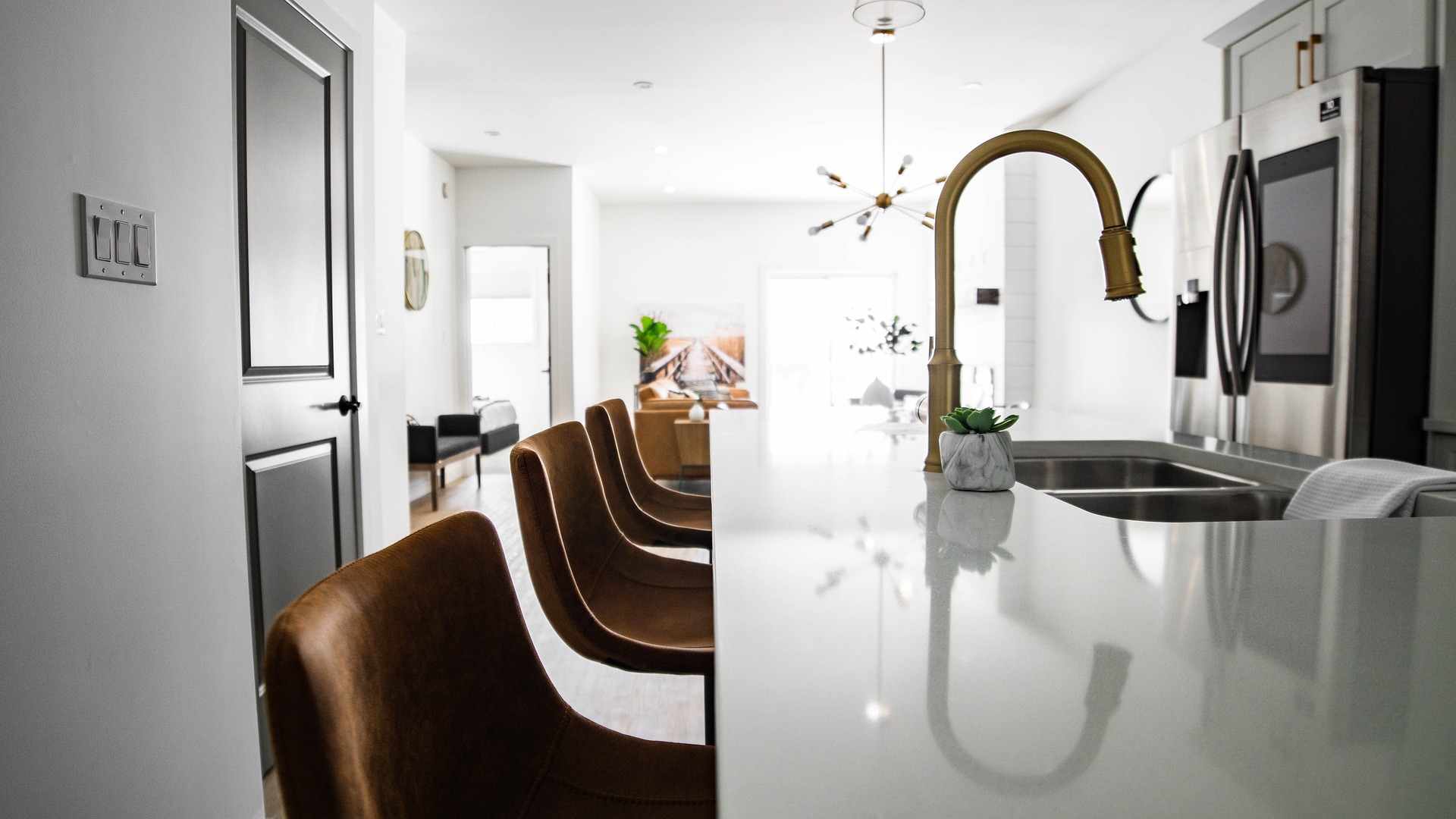Whimsical Wabi-Sabi: Embracing Imperfection in Home Design
In a world obsessed with perfection, a quiet revolution is taking place in home interiors. Wabi-sabi, the ancient Japanese philosophy celebrating imperfection and transience, is finding its way into modern homes with a playful twist. This fusion of whimsy and wabi-sabi is redefining our approach to living spaces, encouraging us to find beauty in the flawed and joy in the incomplete.

The Roots of Wabi-Sabi
Wabi-sabi finds its origins in 16th century Japanese tea ceremonies, where humble, handcrafted items were prized over ornate, mass-produced goods. The term wabi originally referred to the loneliness of living in nature, while sabi meant withered or lean. Over time, these concepts evolved to embody a worldview that finds beauty in simplicity, impermanence, and imperfection.
In traditional wabi-sabi aesthetics, natural materials, subdued colors, and asymmetry reign supreme. It’s about appreciating the knots in wood, the patina on metal, and the cracks in ceramic – seeing these not as flaws, but as marks of character and time.
The Whimsical Twist
The modern interpretation of wabi-sabi in home design introduces an element of whimsy, softening its sometimes austere aesthetic. This playful approach retains the core principles of wabi-sabi while infusing spaces with personality and joy.
Whimsical wabi-sabi embraces color, albeit in muted or unexpected combinations. It welcomes handmade items with visible quirks, celebrates mix-and-match styling, and finds delight in objects that tell a story. The result is a home that feels lived-in, loved, and full of life.
Key Elements of Whimsical Wabi-Sabi Design
To incorporate this style into your home, consider the following elements:
-
Imperfect Textures: Embrace rough-hewn wood, uneven plastered walls, or hand-woven textiles. These textures add depth and interest to a space while celebrating the beauty of imperfection.
-
Playful Asymmetry: Arrange furniture and decor items in a way that feels balanced but not perfectly symmetrical. This could mean placing a large piece of art slightly off-center or using differently sized nightstands on either side of the bed.
-
Handcrafted Items: Incorporate handmade ceramics, textiles, or furniture. These pieces bring a sense of authenticity and uniqueness to your space.
-
Whimsical Touches: Add elements of surprise and delight through unexpected color pops, quirky artwork, or repurposed objects used in novel ways.
-
Natural Elements: Bring the outdoors in with plants, dried flowers, or found objects from nature. These items connect your space to the natural world and its inherent imperfections.
Color Palette and Materials
The color palette in whimsical wabi-sabi interiors tends to be earthy and muted, but with occasional bursts of unexpected hues. Think warm greys, soft whites, and muted blues as a base, accented with pops of coral, mustard, or teal.
Materials should be primarily natural and show signs of age or wear. Weathered wood, patinated metals, rough stone, and textured fabrics all have a place in this design style. The key is to mix these elements in a way that feels cohesive yet slightly off-kilter.
Furniture and Decor Selection
When choosing furniture for a whimsical wabi-sabi space, look for pieces with character. This might mean a vintage chair with worn upholstery, a table with visible knots and grain, or a modern piece with an unconventional shape.
Decor items should tell a story or evoke emotion. Consider displaying collections of mismatched objects, such as a group of different-sized vases or a gallery wall of varied artworks. The goal is to create vignettes that feel curated over time rather than purchased as a set.
Lighting in Whimsical Wabi-Sabi Spaces
Lighting plays a crucial role in creating the right atmosphere for a whimsical wabi-sabi interior. Soft, diffused light is preferred over harsh, direct illumination. Consider using paper lanterns, frosted glass fixtures, or candles to create a warm, inviting glow.
Natural light should be maximized where possible, using sheer curtains or leaving windows unadorned to allow sunlight to play across imperfect surfaces and create ever-changing shadows.
The Art of Curated Clutter
While traditional wabi-sabi often leans towards minimalism, the whimsical interpretation allows for a more maximalist approach – what we might call curated clutter. This involves thoughtfully arranging collections and meaningful objects in a way that feels organic and evolved.
The key is to create displays that feel personal and lived-in, rather than sterile or overly staged. Open shelving can be used to showcase a mix of functional and decorative items, while coffee tables might feature an artful arrangement of books, ceramics, and found objects.
Embracing Change and Impermanence
One of the core tenets of wabi-sabi is the acceptance of change and impermanence. In home design, this translates to creating spaces that can evolve over time. Instead of striving for a finished look, whimsical wabi-sabi interiors are always in flux, adapting to changing needs and tastes.
This might mean leaving room for new additions to your decor, or allowing furnishings to age gracefully rather than replacing them at the first sign of wear. It’s about creating a home that grows with you, accumulating stories and memories along the way.
The Benefits of Whimsical Wabi-Sabi Living
Adopting a whimsical wabi-sabi approach to home design can have profound effects on our well-being. By embracing imperfection, we release ourselves from the pressure of maintaining an immaculate home. This philosophy encourages mindfulness, asking us to appreciate the present moment and find beauty in the everyday.
Moreover, whimsical wabi-sabi interiors tend to be more sustainable. By valuing aged and imperfect items, we reduce the need for constant consumption and replacement of home goods. This approach aligns well with the growing movement towards more eco-conscious living.
In a world that often feels chaotic and uncertain, creating a home that embodies whimsical wabi-sabi principles can provide a sense of grounding and joy. It reminds us to find humor in life’s little imperfections and to create spaces that truly reflect our unique journeys.





